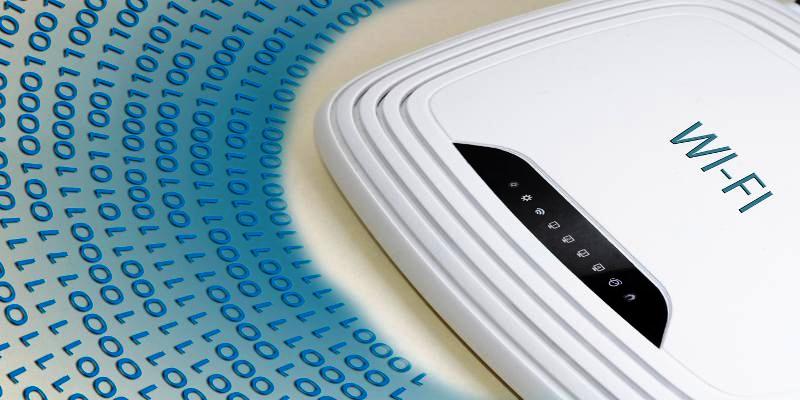With the introduction of wireless networking, it became much simpler and easier to access internet from anywhere. Unlike the cable connections that were used earlier, wifi is much less complicated and feasible. However, the common problem faced by many of us while using WI-FI is that anyone can break our network’s security and can access our network without our permission. This was not a problem in wired connection that was used earlier.
So, if you are facing issue of unauthorized access and security breaches on your Wi-fi network then, don’t worry!! We got you all covered.
In this article, we will provide you some effective ways by which you can prevent your network from unauthorized access and stealing your private information such as your financial details and other confidential information. So, without wasting much time, let’s quickly jump on to the ways.
Best Ways to Secure Your Router & Wi-Fi Network:
Always Change The Default Login Credentials:
The Wi-Fi routers generally come with default username and password to access the control panel by default. Now, the problem with this is that, anyone can find these default credentials listed on various sites and hence, can intrude into your network.
So, as soon as you buy a new router or if you have not changed the default credentials of your WiFi router till now, then change it now.
To do this, go to your browser and type “192.168.1.1” to open admin control panel. Login with default ID and Password and then change these ID and password.
However, if you are unable to open your admin panel using this method, then you can also find your model number on internet.
Use WPA2 AND AES Network Encryption
To protect your data from getting hacked over wireless network, encryption is a crucial step.
Note that, majority of routers use WEP and WPA encryption by default which is quite easy to be cracked by mindful hackers. There are many apps available that provide brute force techniques to hack the Wi-Fi network. This trick is generally used by people who are looking for free internet access nearby. They can be your neighbors too.
Hence, you should avoid using WEP and WPA encryption and try to use WPA2 encryption. You can also go for AES encryption for tighter security. Moreover, always use strong passwords. An ideal password should contain 12-14 characters with upper and lowercase, numbers and special characters.
Always Disable Your Router’s WPS
WPS is a WiFi Protected Setup which is used for configuring WiFi connectivity. WPS is enabled by default in most of the routers. The problem with enabled WPS is that it creates a loophole in the system which can cause easy security breaches by brute-forcing the 8 digit PIN.
So, the best practice is to disable the WPS to protect it from hackers. You can do this by going to the admin control panel by typing 192.168.1.1 in your browser. If this doesn’t work, then type 192.168.0. 1.
Change Your Network’s SSID Settings:
SSID is the name of the Wi-Fi router’s network. It is set publicly with the model number along with the brand name. For example DLink, Belkin, etc.
To prevent your network from hacking, always change the default SSID name. By doing this, hackers will not be able to crack your router’s model number and brand and hence, can not intrude into your system.
Note that, never use your own name, address as your SSID.
Use Firewall System
To block the malicious incoming data, it is very important to enable Firewall settings on your router. It prevents your system from dangerous attacks by hackers.
Nowadays, most of the routers already come with firewall systems. So, you just have to check it in your router’s settings and enable it.
Additionally, you can also install firewall software in your system for protecting your device. You can learn more about the protection of your WIFI from this source.
Enable MAC Address Filtering:
Media Access Control or MAC address is a unique identifier code assigned to a NIC on a specific device for communication in a network. MAC address is provided by the manufacturer of that device.
You can use these MAC addresses to add only particular devices to your network by enabling MAC Address filtering. Once you have enabled MAC filtering, no other device other than the particular devices you added can connect to your network.
You can get the MAC addresses of all the connected devices on your network by simply typing “ipconfig/all” on your command prompt.
Keep Your Router Updated:
Always keep your Router updated. Latest version of your router can simply enhance its features and provides better security and performance aspects. Updated router works better than the choppy one.
Moreover, don’t extend the range of your network unnecessarily, keep it limited. This will prevent you security breaches.







